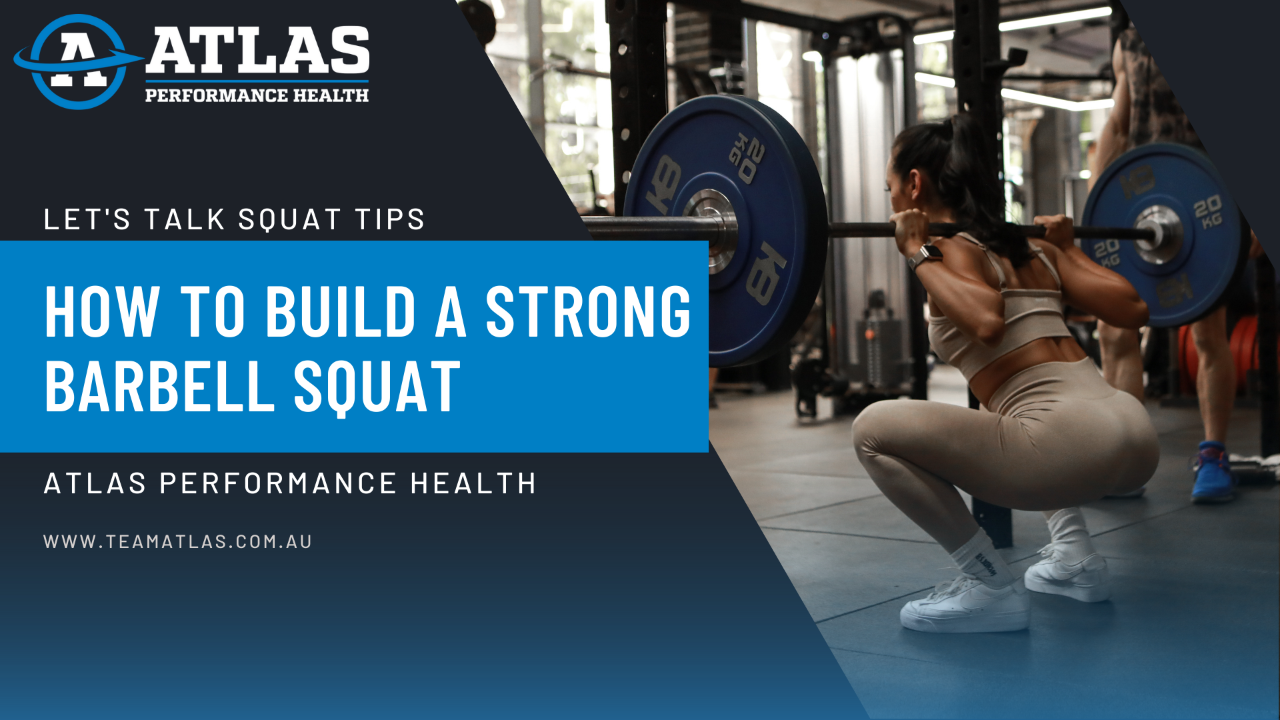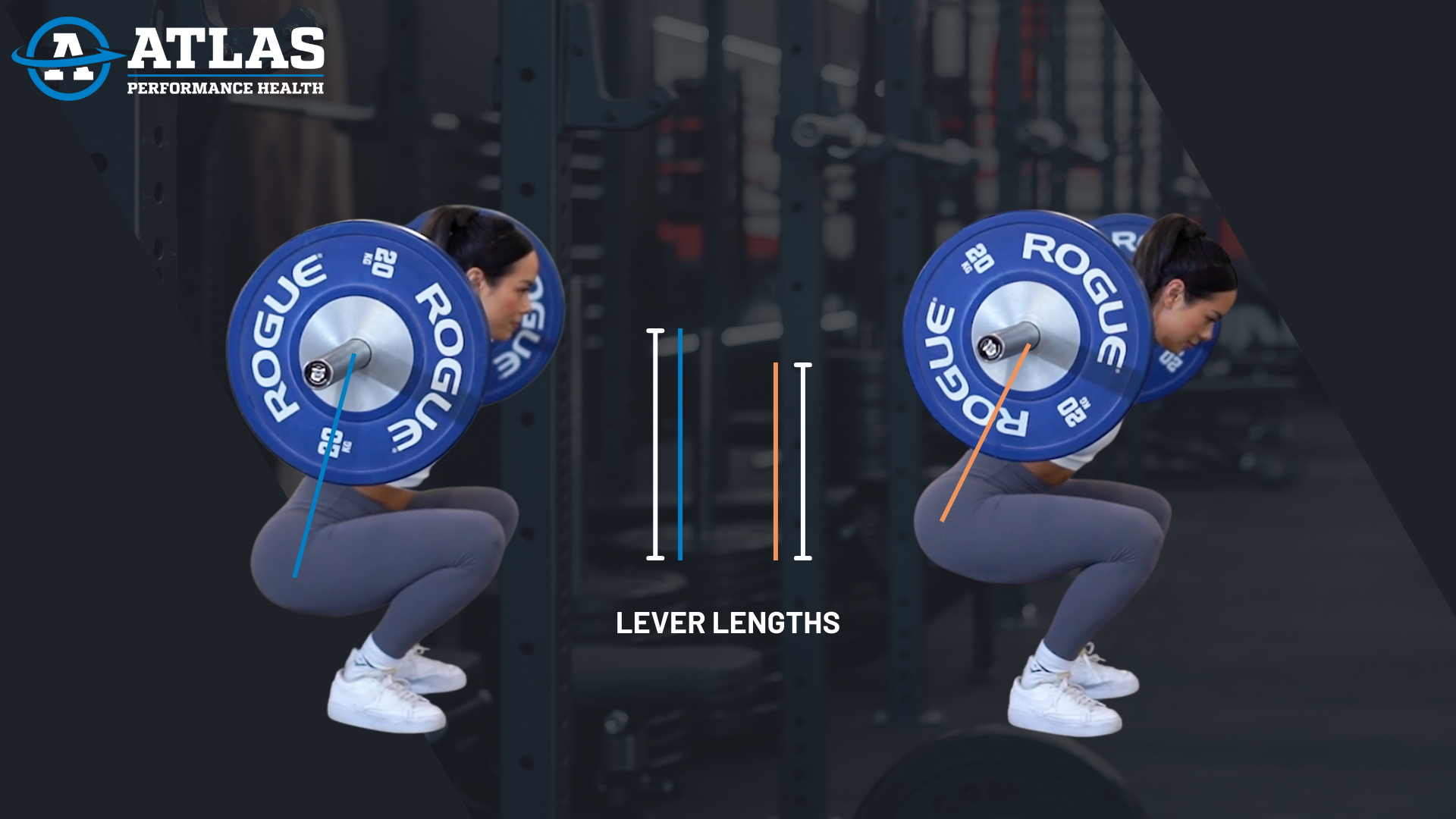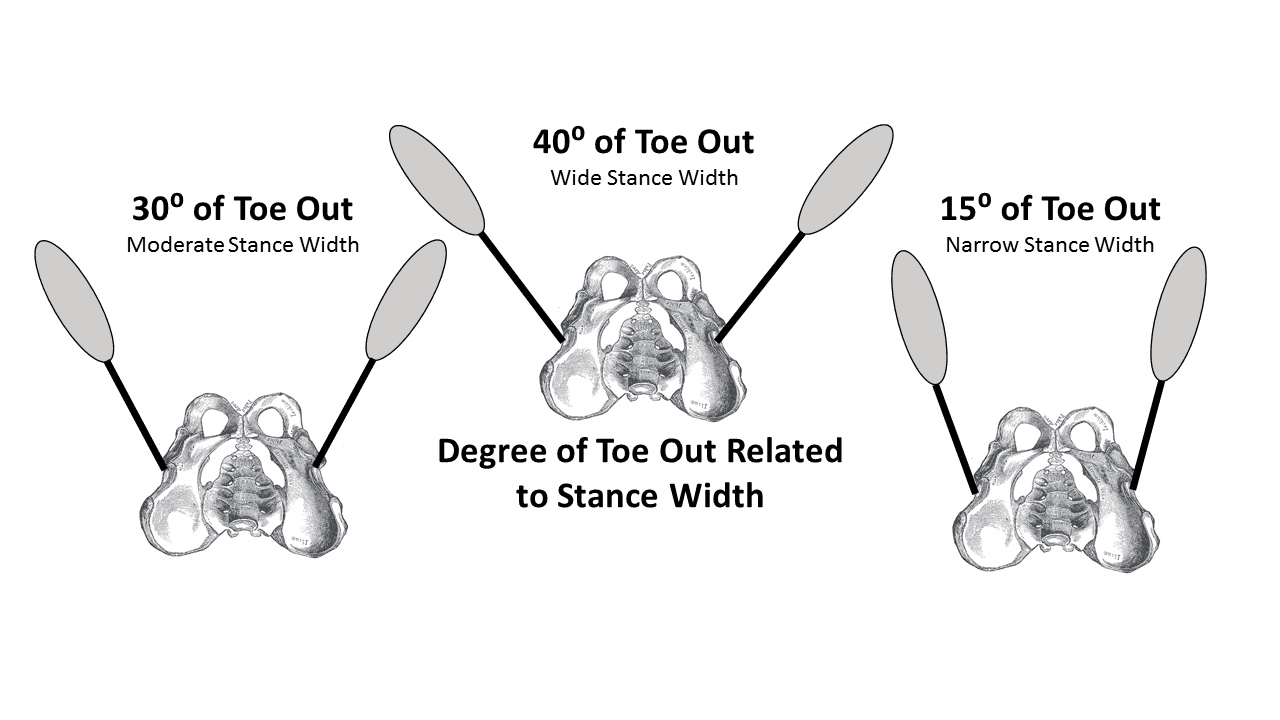
5 Essential Tips To Build A Strong Squat
Apr 12, 2023Whether you’re a powerlifter or a fitness newbie, the squat movement pattern is a fundamental movement you will perform in the gym and in life. The barbell back squat is a compound exercise that targets multiple muscle groups including your quads, hamstrings, glutes, adductors and core.
Squats are a great way to build strength and muscle however, executing them correctly is crucial to limiting injury risk and maximising the benefits of the exercise. After all, moving more efficiently and limiting energy leaks (the things that make an exercise feel way harder or heavier) is always a bonus!
Apply these 5 tips to help you perfect your barbell squat technique:
1) Nail your setup
Team Atlas clients know that the moment you touch the barbell your set begins and as such, you need to be attacking your set up efficiently & effectively. For a high bar squat, you’ll want to place the barbell on top of your traps and for a low bar squat, the bar is placed “lower” on top of your rear delts.

To find your ideal squat stance, you’ll want to trial a range of different feet width and toe angle positions – this isn’t as straight forward as “keeping your feet shoulder-width apart and pointing your toes slightly outward” because everyone’s anatomy is unique!

What do we mean by “everyone’s anatomy is unique”? Well there are various factors that can alter the way your squat looks including:
1/ Torso to femur length – for example, if you have a shorter torso and longer femurs, it’s inevitable that you will have a squat which resembles a more forward lean
2/ Hip anatomy – how deep or shallow is your hip joint?
3/ Ankle mobility – can you achieve deep ankle dorsiflexion?
4/ Injury history – have you had any pre-existing injuries that have compromised any of the above?
Of course, there’s always ways you can make the squat movement pattern work for you even if you have been delt unfavourable anatomy cards (i.e. heel elevations).
2) Apply the proper bracing technique
Breathing and bracing correctly is an important aspect of any exercise (and to your survival but that’s a no brainer), and the barbell squat is no exception. The below sequencing is how you should brace before, during and after each individual rep to ensure you maintain proper form and protect your spine.
1/ Big breath in through your nose, expanding your lower belly
2/ Hold this breath as you descend into your squat and come back up
3/ Once you’re back to your original starting position, breathe out through your mouth
4/ Repeat for all reps
It’s important that you don’t rush through all of your reps as this could lead to inadequate tension around your core and your form being compromised.
3) Customise your execution to you and the squat variation
If you’re performing a high bar squat, your torso should remain relatively upright with a greater degree of knee flexion biasing more quads. If you’re finding deep knee flexion hard to achieve, this is where you can add those heel elevations, we hinted at in point 1. Whereas for a low bar squat, you’ll naturally have a more forward leaning torso to keep the barbell over your mid-foot (centre of gravity) and as a result, this will be a hip hinge dominant squat variation biasing more glutes and posterior chain muscles.
How deep do you need to squat? Well as always it depends… mostly on your mobility and partly on your genetics (thanks mum and dad). A full range squat is ideal if your goal is to maximise the stretch to your lower body muscles and research is supportive of training muscles at longer lengths for hypertrophy.
A common cue we hear on social media is to “push your knees out”, however here at Team Atlas, we prefer to use the cue “knees in line with toes”. This is because the former cue can lead to people excessively pushing their knees out and subsequently losing balance / stability. Alternatively, the latter cue ensures that your knees are tracking correctly and that your lateral gluteal muscles (such as your glute medius) are firing correctly to keep your legs from caving inwards (i.e. preventing knee valgus / knee cave and producing a more efficient and explosive squat).
4) Focus on your “tripod foot”
If you lack stability during your squat, you will inevitably cause other muscles to overcompensate. This may be a common reason why you hear a lot of people injure their lower back during squats.
The solution is simple, create stability in your feet by focusing on your tripod foot. What is the tripod foot you ask? It’s applying pressure on the base of your pinky toe, the base of your big toe and your heel into the ground.
A cue that you can use to initiate this is to “plant your feet into the ground”. This will ensure you have a stable base for the muscles we want to be activating to fire accordingly.

5) Have clarity on your goal and programming needs
The two keys to perfecting your barbell squat technique is firstly be clear and specific when it comes on your goal and this could be “I want to improve my squat technique and strength by [load] within [timeframe]”. This will then guide your program and training strategy.
Secondly, incorporate squats into your training program in different variations and within varied strength qualities across each mesocycle (3-4 week phases), while also progressively overloading over time, can be one way you can achieve the goals aforementioned.
We often have Team Atlas clients join feeling “stuck” with their improving their squat technique or strength, this is where having expert programming can really level up and accelerate your progress.
So regardless of whether you’re new to the gym / fitness entirely or a more intermediate to advanced athlete, there’s always benefit to seeking the guidance of coach or personal trainer if you need help with your form or want to learn more advanced variations of the exercise.
To sum it all up, the barbell squat is a fantastic exercise for building strength, mobility, and overall fitness. By following these tips and applying these cues, you can perfect your technique and avoid injury while maximising the benefits of this essential movement pattern for your specific anatomy and goals. Remember to set your ego aside in the beginning by choosing an appropriate load where you’re able to maintain proper technique or work with a coach if you want to 10x your squat form and muscle growth or performance potential faster.
Thanks for reading,
Kimmy Duong

